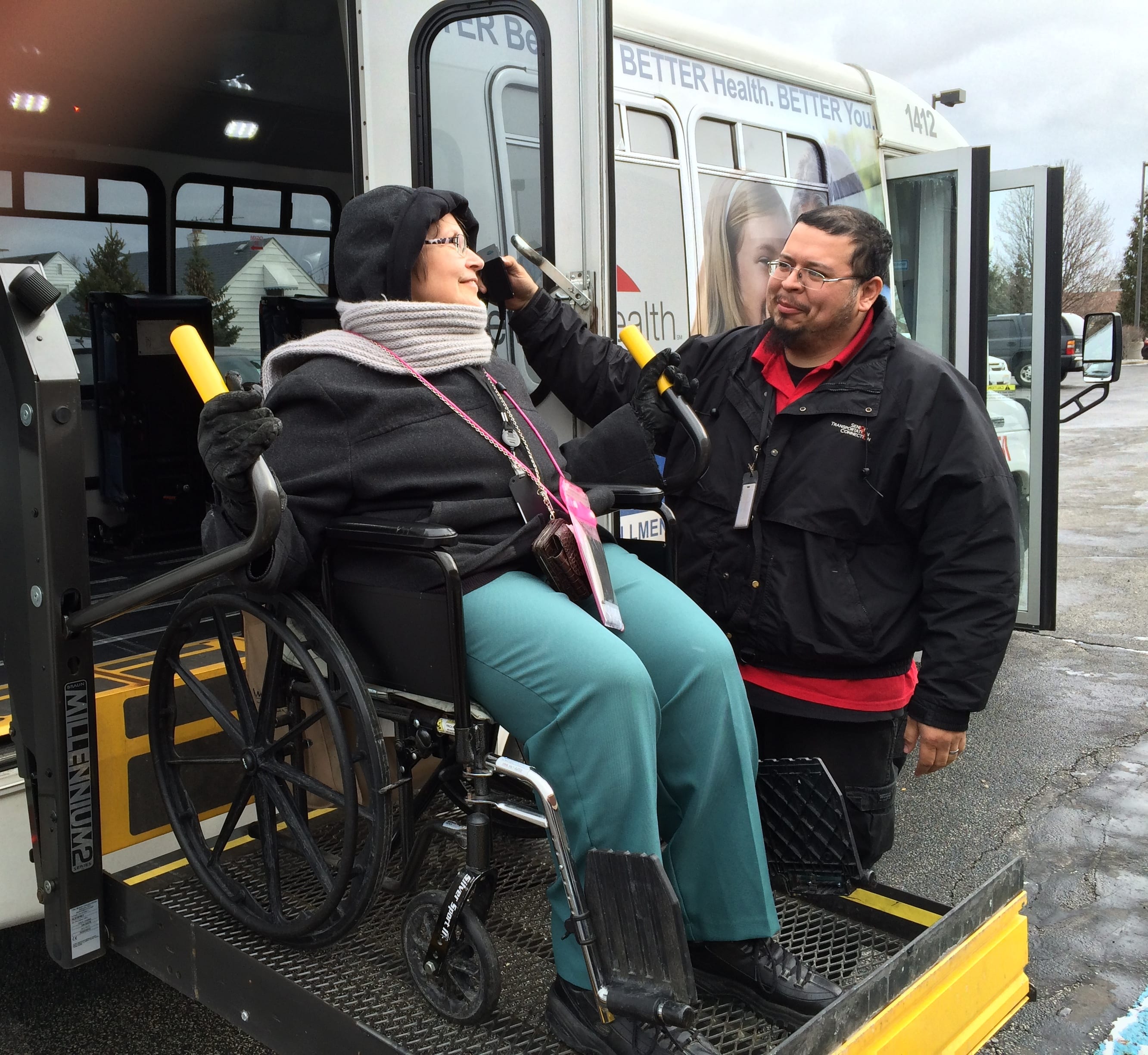Guest Blogger – Tracey Shifflett serves as the Strategic Communication Specialist for the FEMA Office of Disability Integration and Coordination (ODIC). She works with agency leadership and subject matter experts, as well as disability stakeholders and interagency partners, to provide information and resources that help people with disabilities before, during and after disasters. Reach her at tracey.shifflett@fema.dhs.gov.
When a disaster is imminent, it’s a stressful time. Seconds, minutes and hours appear to move quicker. Being suddenly forced to choose between taking essentials for survival and salvaging irreplaceable family keepsakes can lead to irrational, albeit understandable, decisions. Those moments are not the best time to think through all of the necessities you need to evacuate your home and shelter in place elsewhere.
While you’re taking inventory of how much bottled water is on-hand and whether flashlights have fresh batteries — and maybe thinking about whether you should brave local stores with hope the items you need will still be on the shelves — some people face additional questions. “How many prescription refills do I have left?” or “What did I do with those insurance papers?” for example. Neither time nor a disaster will slow down or make space for preparation. Using the time before a disaster is best for devising your disaster preparedness plan.

Photo Credit: Senior Transportation Connection, Cleveland, OH
For people with disabilities and older adults, it’s also critical to consider the quickest and safest ways to mobilize. In these instances, evacuation plans typically include access to the nearest accessible public transportation hubs and routes with service to the nearest medical or care facility. Community coordination between emergency planners and transportation providers become lifelines for people who find themselves disempowered during a disaster.
“Excluding people with disabilities and older adults in emergency and evacuation planning can lead to multiple inequities once the disaster cycle begins, which can create a much longer and more difficult journey to recovery for people who might otherwise successfully recover a lot sooner,” explains FEMA Disability Coordinator and Director of Disability Integration and Coordination, Sherman Gillums, Jr. “Emergency managers should move their plans into place as quickly as possible to ensure those at higher risk of abandonment and further injury are prioritized, which lends to the resiliency of the community as a whole.”
Access to information is vital for everyone before, during and after disasters. Transportation providers should work closely with emergency response networks at the state, local, tribal and territorial levels to effectively reach people with disabilities and older adults as quickly as possible. This starts by ensuring people who use assistive aids, devices and services are informed in the following ways:
- Know what disasters could affect your area, which ones could call for an evacuation and when to shelter in place.
- Download the FEMA App and get weather alerts from the National Weather Service for up to five different locations anywhere in the United States.
- Follow mobile alerts and warnings about severe weather in your area.
Gillums also cautions against confusing “access” with “accessibility options” that take into account the nature of the needed access, based on individual preferences. When it comes to public transportation for these populations, providers should think beyond ramps and lifts to ensure safe, accessible transportation for people with disabilities. For example:
- Ensure safety belts and wheelchair tiedowns for safe transport and security in the event of a mishap.
- Provide individualized options that provide people with choices, such as transferring into a seat versus staying in a wheelchair or receiving the help of another person versus navigating independently using assistive aids.
- Train for public transportation drivers to safely secure a person in a wheelchair and how to assist people who are deaf or hard of hearing and blind or have low vision.
- Require effective public communication that is accessible including 508-compliant web pages, ASL interpretation for live events and multimedia on website and social media, print materials in Braille and large, easily comprehensible print.
“FEMA field teams and community partners that provide accessible transportation should make these considerations as part of disaster planning alongside people who can best articulate what they’d need to safely make it through a hurricane, tornado, earthquake or flood,” concludes Gillums. “Proactive and inclusive planning is the best way to ensure timely, targeted and relevant communication reaches people with disabilities and older adults before making them first responders in their own experiences during and after an emergency.”
In the event of a disaster could you make it on your own for several days? Now is the time for people with disabilities to think about personal disaster preparedness. Go to Individuals with Disabilities | Ready.gov for tips and information.
Leave a Reply